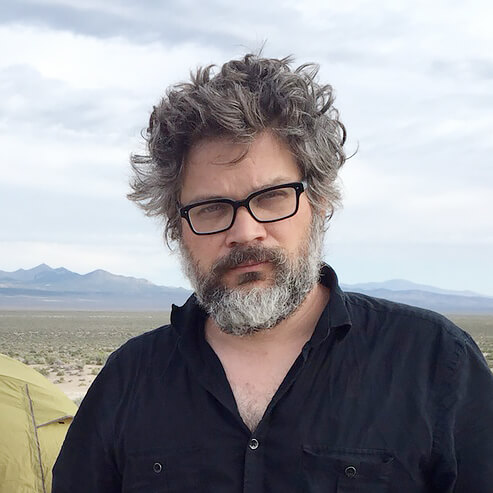Kirk Crippens is an American artist living in the San Francisco Bay Area. He had an early start with photography, inspired by his grandfather who kept a darkroom in his closet. Based in San Francisco since 2000, he began exhibiting in 2008. In 2010 he exhibited in thirteen shows, three were solo exhibitions. He was named Top 50 Photographer in Critical Mass, nominated for the 2011–2013 Eureka Fellowship Program, and invited to speak during PhotoAlliance’s Spring Lecture series at the San Francisco Art Institute. In 2011 he was included in eighteen exhibitions, three were solo, named Top 50 photographer for the second consecutive year, and a finalist for Photolucida’s book prize. In 2012 he was the artist in residence at RayKo Photo Center in San Francisco and participated in ten exhibitions. In 2013 he was the artist in residence at Newspace Center for Photography in Portland, Oregon. His portfolio Foreclosure, USA was recently collected by the Crystal Bridges Museum of American Art in Bentonville, Arkansas and was featured in their exhibition State of the Art, Discovering American Art Now in 2014-2015.
